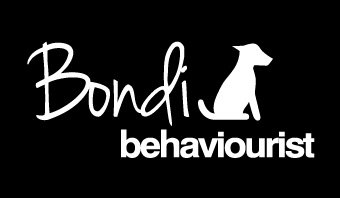Why “Let Your Dog Sniff” Isn’t the Whole Story When It Comes to Walks
I see a lot of dogs who’ve been to puppy school. That’s a fantastic first step! But there’s a trend we’ve noticed lately in the advice that people are being given at many of them and even from some other trainers that deserves a bit more attention.
Many new dog owners are being told:
“Just let your dog sniff. The walk is for them.”
Now, don’t get me wrong — sniffing is incredibly valuable for dogs. It provides mental stimulation, supports emotional regulation, and helps them explore the world in a way that feels natural and rewarding. But here's the catch: if sniffing is the only thing we allow or encourage on walks, we may be setting our dogs up for problems later on.
The Risk of One-Sided Walks
Imagine your dog learns that every walk means:
They decide where to go
They pull toward anything that catches their interest
They get to greet every person or dog they see
They’re not expected to respond to you at all
At first, this might not seem like a big deal. After all, walks are supposed to be fun, your puppy may well be tiny at this point and you just want your dogs to be happy, right?
But over time, this kind of routine can result in a dog who:
Pulls constantly on the leash
Stops walking all together if you try to get them to go the way you want them to
Struggles to listen or respond when needed
Becomes overstimulated and reactive on walks
Assumes everything and everyone is meant for them
The walks become a source of frustration and overstimulation for them and no longer enriching, defeating the purpose of them going out in the first place
Not to mention unenjoyable for you too
The reality is, we live in a human world. And in that world, there are times when your dog will need to walk calmly by your side, focus on you instead of distractions, and move past people, dogs, or objects without stopping to say hello.
Walks Should Be More Than Just Sniff Time
This doesn’t mean we shouldn’t let our dogs sniff and explore. Of course we should! But it also means we need to teach them how to tune in to us when it matters.
That might look like:
Practising calm leash walking
Practice having them move at your pace and your direction as they pay attention
Adding short training games to walks
Building engagement through food, play and engagement
Teaching “let’s go” or “leave it” cues
These aren’t restrictions — they’re skills. And dogs who have these skills tend to feel more confident, less frustrated, and more connected to their humans.
You Can Have Both: Fun and Focus
Walks can (and should!) include time for your dog to explore and enjoy the world. But they should also include opportunities for your dog to learn how to move through that world with you.
When we strike that balance — giving our dogs both freedom and guidance — walks become smoother, calmer, and more enjoyable for everyone.
Need a Hand? Let’s Chat
If your walks have been feeling stressful or out of control, you’re not alone. Sometimes a few small changes make a big difference.
Reach out — I’d love to help you and your dog enjoy your walks again 🐾💛

